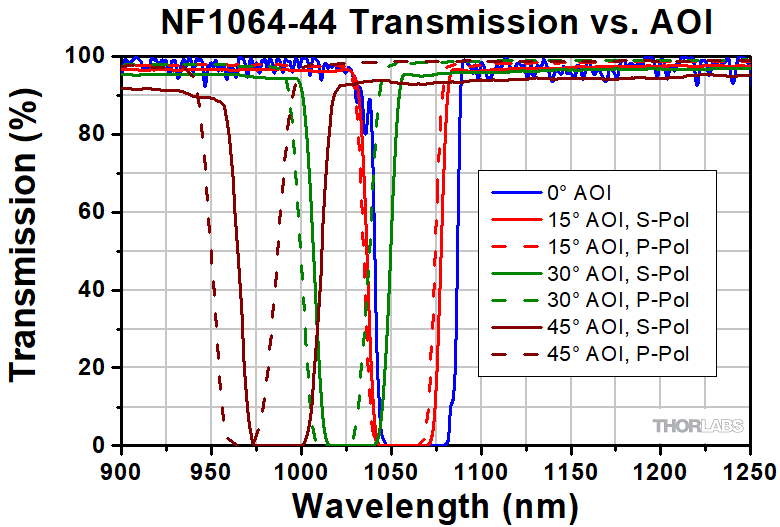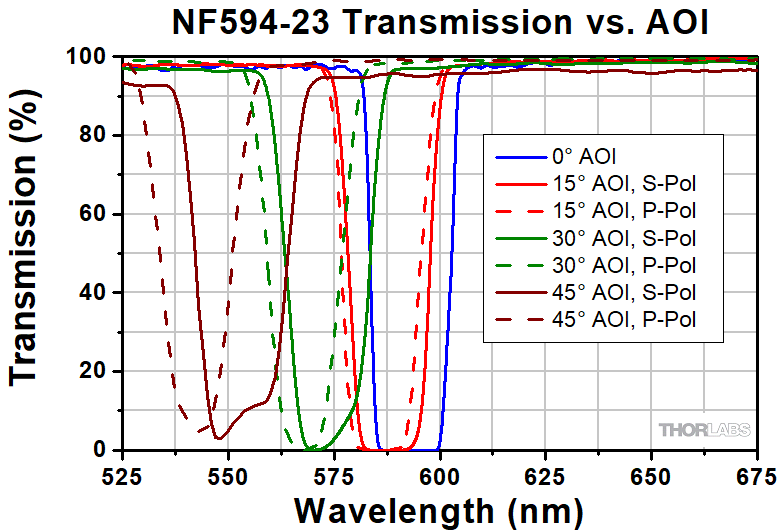
The term wrapped comes from fabric that covers the internals of the belt, giving it a very uniform look and feel, as well as reasonably quiet operating characteristics. Wrapped belts could be considered the standard v-belt. How wrapped and raw-edge belts begin to differ is entirely on the exterior of the belt. Manufacturers use aramid fibers (think Kevlar) in more punishing or high-output applications. For instance, polychloroprene layers and polyester cords are common.

Both the rubber compounds and cord materials used will vary by manufacturer and their different models. Between these two layers, further surrounded by dampening rubber, are tension cords. There are top and bottom layers of rubber. V-belt construction is mostly universal as well. All conventional belts (A, B, C) will have the same contact angle, as will the wedge belts mentioned above.

Depending on application specifics, as well as the type and model of the individual belt, these figures will change. However, specifics such as tension ratings and how much power they can transmit will vary. This translates to increased tension and more power.Īll v-belts operate similarly. There is a sub-set of belts called wedge v-belts (3V, 5V, 8V) that have an increased wedging effect, as compared to conventional v-belts, within the sheave groove. Once a belt has been mounted and properly tensioned, it’s pulling power can move significant loads and obtain very high speeds. V-belts operate through the mechanical advantage of a wedge. Before we can begin analyzing strengths and weaknesses, it will help to know a little more about how these belts operate. This article has a specific focus of comparing cogged – raw-edge – v-belts to smooth – wrapped – v-belts. Conventional or wedge, wrapped or cogged, and the numerous materials used throughout, make for an impressive list. During the same period, the types and models of v-belts expanded to accommodate a broader range of applications. Since this time, v-belts have become standardized through trade and manufacturing associations. Very shortly thereafter, in 1917, was the creation of the first rubber v-belt. They knew enough at the time to acknowledge the importance of taking up “any slack in the belt.” The belt it mentioned was leather, and the magazine went on to criticize the (lack of) tolerances, stating that the contact angles varied between 38° and 60°.

The first published mention of a v-belt was in The Horseless Age (1916), an automotive trade magazine. The v-belt today seems like an indispensable component of power transmission.


 0 kommentar(er)
0 kommentar(er)
